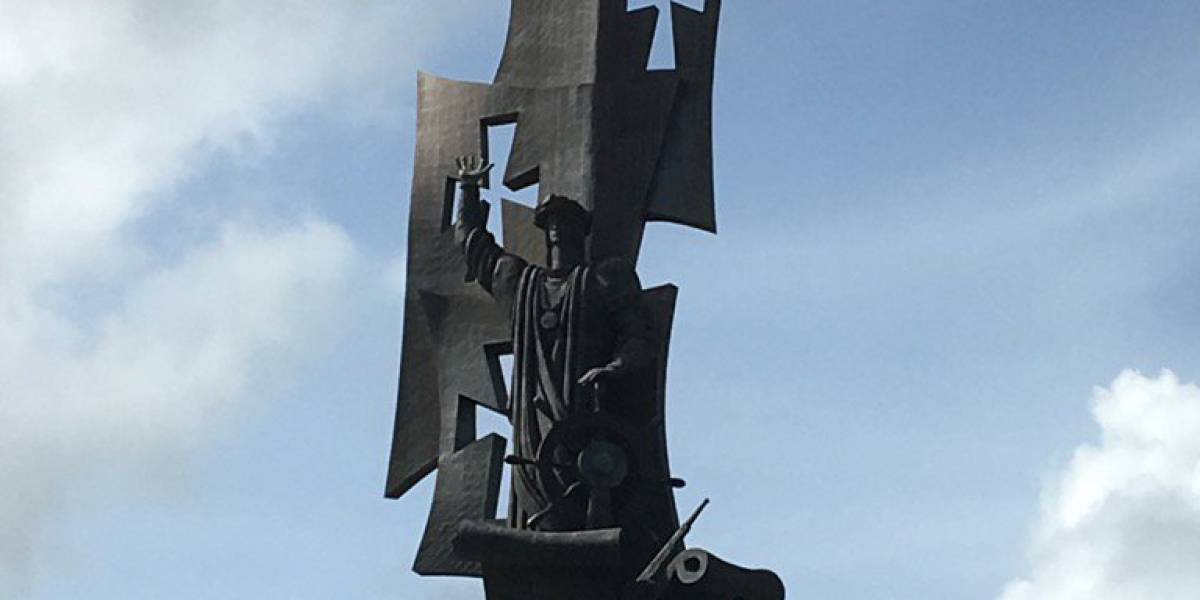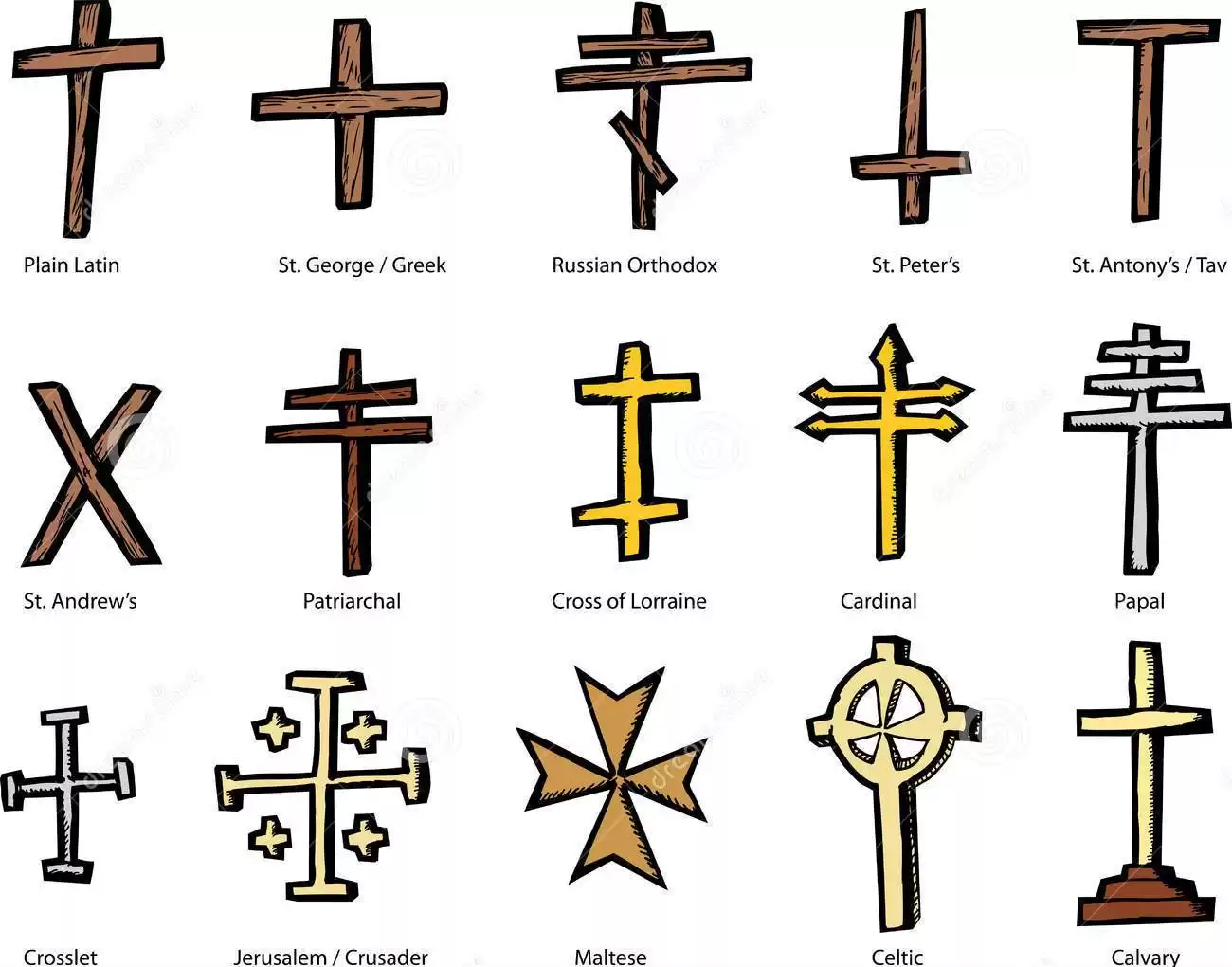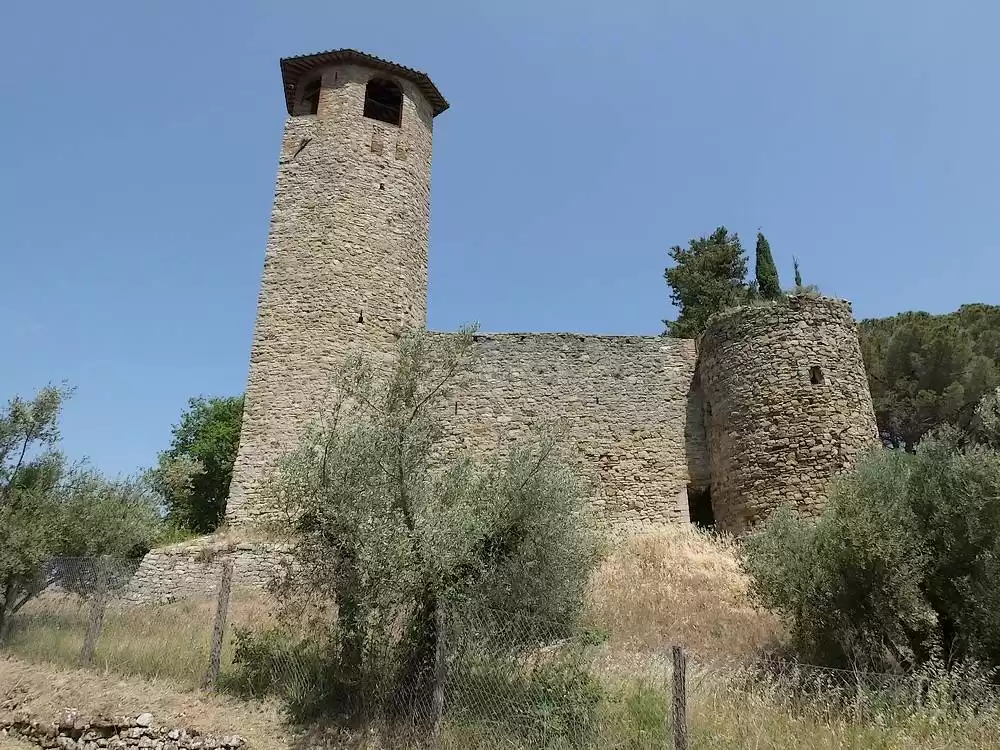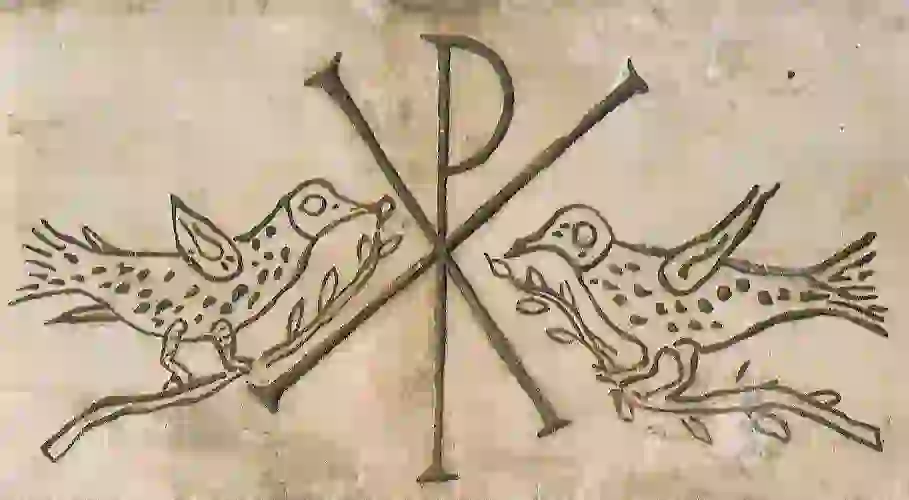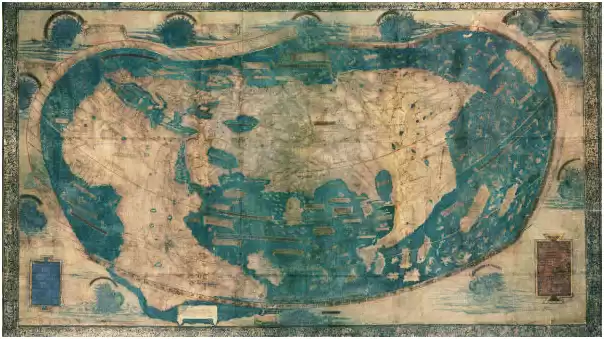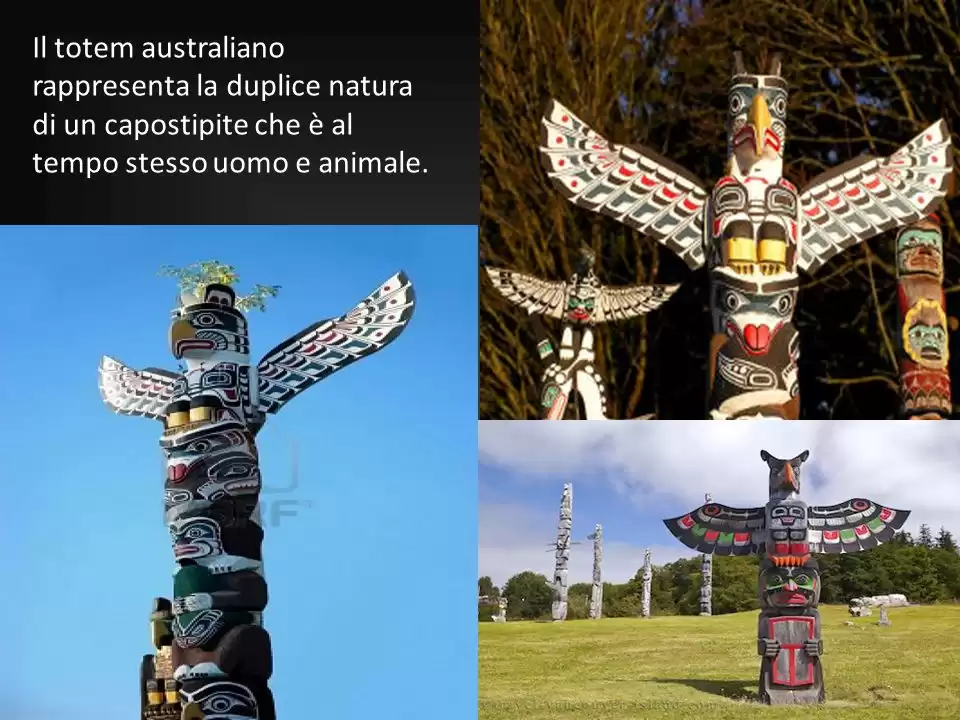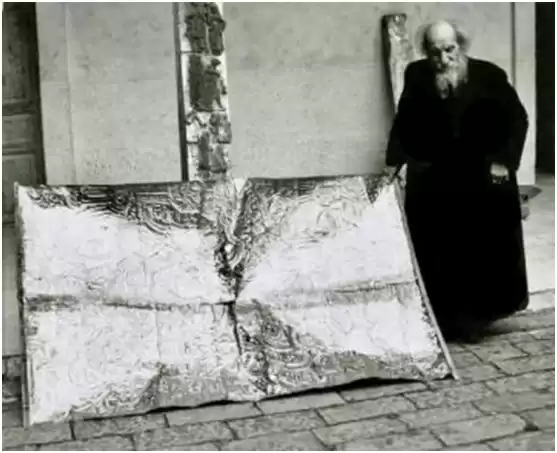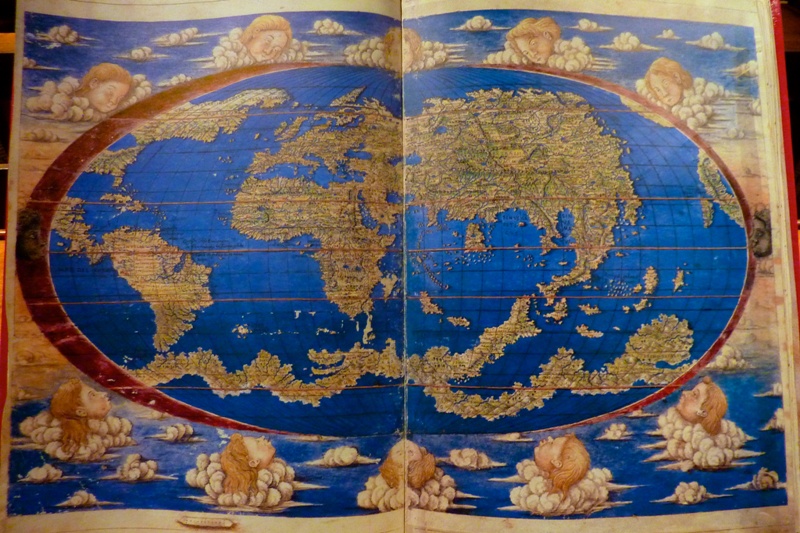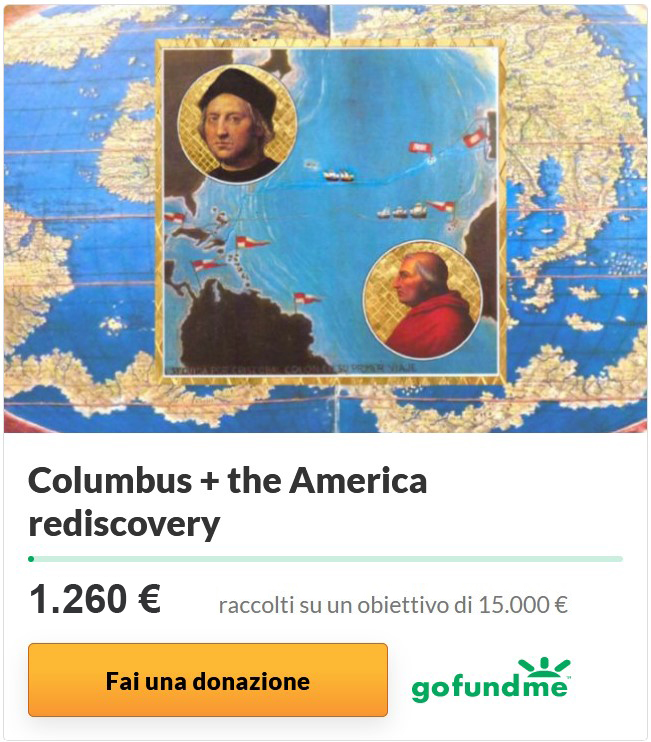
Rome (dpa) - Few historical figures are as shrouded in mystery as Christopher Columbus, the great explorer traditionally credited with the discovery of America in 1492.
Exactly 500 years after his death, historians and scientists are still trying to work out some of the most basic facts about his life, including where he was born and where his remains lie buried.
Another aspect that keeps baffling the experts is how the son of a modest wool weaver developed the necessary knowledge, ambition and diplomatic skills needed to endeavour one of the most daring voyages in history.
Long considered a hero and courageous visionary, Columbus now also has a number of detractors who describe him as a greedy, religious fanatic who was ultimately responsible for the enslavement and genocide of America's indigenous people.
The disagreements are fuelled by the fact that solid scientific and historical evidence is missing about many aspects of the navigator's life. But they also have to do with the secretive way in which he conducted his adventurous life.
Most historians agree that Columbus was born sometime between August and October of 1451 in the port city of Genoa, in modern-day Italy. But a number of academics also believe he could have been Spanish, Portuguese, French or even Greek.
Scientists are currently busy collecting DNA samples from his possible male descendants in a bid to establish his place of birth once and for all. While very little is known of Columbus' early years, academics seem to agree that he became a self-taught cartographer and received virtually no formal education before becoming a sailor. And yet, by the time he had reached his 30s, Columbus had somehow convinced himself that he could find a direct nautical route westwards to Asia and set off looking for someone who would fund his enterprise.
Many of Columbus' fellow explorers did not believe the earth to be flat. Like Columbus himself, they accepted instead that it was spherical, though they could not agree over the size of its circumference.
After being dismissed by the court of Portugal, whose experts suspected the route would be much longer than Columbus had estimated, he turned to Ferdinand and Isabella of Spain, and finally succeeded in convincing them after years of intense lobbying. But how is it possible that a modest sailor from Genoa was taken seriously by Europe's most important royals of the time? Italian
expert Ruggero Marino has written a new book called Columbus: The Last of the Templars.
”Columbus was a highly cultured man who exchanged letters with the intelligentsia of his time, married a Portuguese noblewoman and was welcomed by Europe's most important courts. He could never have done all this if he had really been born into a poor family,” Marino told Deutsche Presse Agentur dpa. Marino's answer is that Columbus was in fact the illegitimate son of then Pope Innocent VIII. Though there is little scientific evidence to back his theory, it would at least explain why Columbus was so adamant in keeping quiet about his past.
Marino even suggests that Columbus might have been a Templar, a knight of the mysterious and prestigious religious military order established in 1118 to protect pilgrims and the Holy Sepulchre.
”Columbus was a tenacious mystic who knew perfectly well that he was destined to change the world,” Marino told dpa.
Columbus set off from the Spanish port of Palos on the evening of August 3, 1492, with three ships named Nina, Pinta and Santa Maria. He stopped in the Canary Islands to gather supplies and repair his ships and on September 6 embarked on what would turn out to be one of the most epic voyages in history. Legend has it that, towards the end of his five-week journey, his crew became so fearful that they threatened him with mutiny.
Marino says Columbus was so certain of what he was doing that he told his sailors they could dispose of him ”in any way they pleased” if they did not reach their destination within three days. Land was finally sighted at 2 am on October 12 by a sailor aboard the Pinta. It was modern-day Bahamas, which Columbus named San Salvador.
Columbus did wish to convert the indigenous people he met on his explorations, but he ordered that no blood be shed, believing that Christianity could win over souls through love alone. The explorer returned to Spain in March 1493, and was treated to a hero's welcome as news of his discovery spread throughout Europe.
He was to make three more voyages to the ”New World,” and though he never found the Indian spices he had promised to bring back, he did end up giving credence to some of his modern-day critics by insisting on enslaving the native people. After further adventures, which included being detained on charges of mismanagement, he grew increasingly religious and died on May 20, 1506 a fairly wealthy man in the Spanish city of Valladolid.
It is not totally clear whether Columbus died believing he had found a new route to Asia or whether he realised he had discovered a new world. And although he probably was not the first European to set foot in the Americas, his explorations were to change the world forever. The 500th anniversary of his death was to be celebrated with a series of conferences and initiatives in Italy and Spain.

